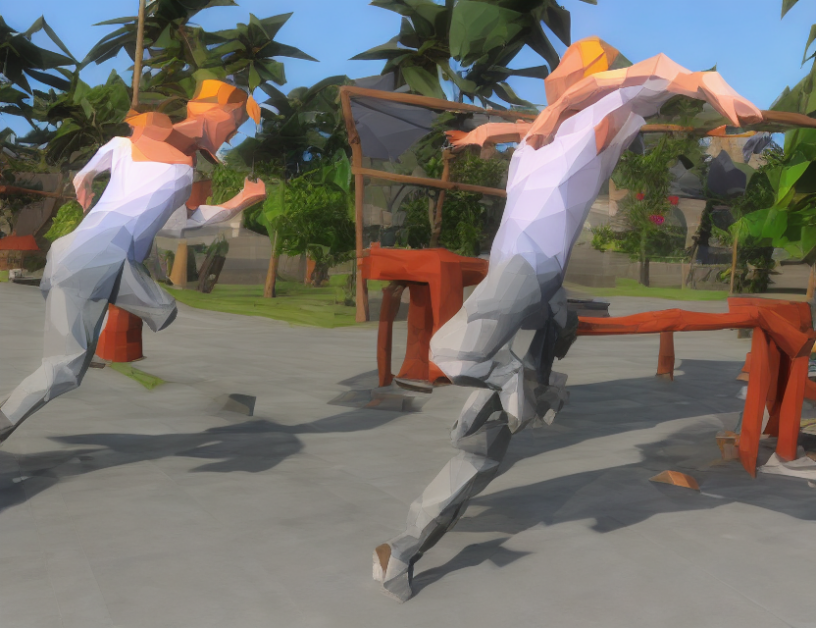In this article, researchers evaluate how well robots mimic human walks. They test 51 participants on three types of gaits and ask them to rate the robot’s natural movement and coordination between the legs and upper body. The study shows that using both imitation and reference trajectories improves the robot’s performance, but the most effective approach is balancing the rewards for imitation and adherence to command velocity throughout training.
Robots vs Humans: A Different Body Plan
When people think of anthropomorphic robots, they imagine them moving like humans. However, robots have a different body plan than humans, making it challenging to replicate human movement. The study shows that using simplified models can improve the robot’s performance, but more advanced techniques are needed for optimal results.
Reference Trajectories: A Key to Success
The researchers use motion capture data to generate reference trajectories, which help robots move more naturally. Without this data, even simple heuristic analysis can improve the system’s overall performance. Advanced approaches like model-based optimization techniques can further enhance the robot’s movement, but they require more computational resources.
Learning to Walk in Minutes: A New Approach
The study presents a new approach to training robots to walk using massively parallel deep reinforcement learning. This method allows robots to learn to walk in just a few minutes, making them more efficient and effective. The approach uses a combination of simplified models and advanced techniques to generate reference trajectories that improve the robot’s performance.
Conclusion: A New Era for Robot Walking
In conclusion, this study demonstrates the importance of using both imitation and reference trajectories in training robots to walk. The most effective approach is balancing the rewards for imitation and adherence to command velocity throughout training. This new method has the potential to revolutionize the field of robotics, making it easier and more efficient to train robots to move like humans. As technology continues to advance, we can expect to see even more impressive advancements in the field of robotics.



